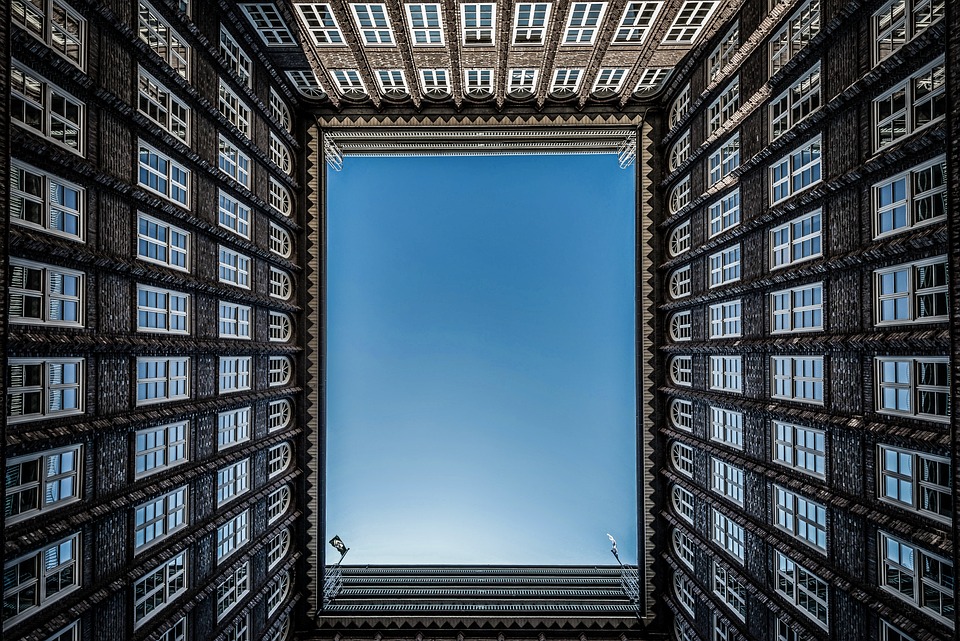The 21st century has seen a surge in architectural creativity and innovation, with architects around the world pushing boundaries and redefining what is possible in design. From soaring skyscrapers to stunning museums, the architectural landmarks of the 21st century have captured the world’s imagination and become symbols of their respective cities. In this article, we will explore some of the most iconic architectural marvels of the 21st century.
Burj Khalifa, Dubai
The Burj Khalifa, located in Dubai, United Arab Emirates, is the tallest building in the world. Standing at an impressive 828 meters tall with 163 floors, the Burj Khalifa is a symbol of modern engineering and design. Designed by Skidmore, Owings & Merrill, the building features a sleek, futuristic design and offers unparalleled views of the city below from its observation decks. The Burj Khalifa has become a must-visit landmark for tourists and a source of pride for residents of Dubai.
One World Trade Center, New York City
One World Trade Center, also known as the Freedom Tower, is the centerpiece of the rebuilt World Trade Center complex in Lower Manhattan, New York City. Standing at 1,776 feet tall, in reference to the year of American independence, the building is a striking symbol of resilience and strength. Designed by architect David Childs of Skidmore, Owings & Merrill, One World Trade Center features a sleek, glass façade and a spire that lights up the New York City skyline at night. The building serves as both a memorial to the victims of the September 11th attacks and a testament to the city’s spirit of renewal.
The Shard, London
The Shard, located in London, England, is the tallest building in the United Kingdom. Designed by architect Renzo Piano, the building stands at 310 meters tall with 95 floors. The Shard’s distinctive glass façade and pyramidal shape have made it a landmark on the London skyline. The building houses offices, restaurants, a luxury hotel, and an observation deck offering panoramic views of the city. The Shard has become a symbol of London’s status as a global financial and cultural hub.
Marina Bay Sands, Singapore
Marina Bay Sands is a luxury hotel and entertainment complex located in Singapore. Designed by architect Moshe Safdie, the building features three connected towers topped by a sky park that offers stunning views of the city. The most iconic feature of Marina Bay Sands is its rooftop infinity pool, which is the largest of its kind in the world. The building’s unique design and luxurious amenities have made it a popular destination for tourists and a symbol of Singapore’s modernity and prosperity.
The Guggenheim Museum Bilbao, Spain
The Guggenheim Museum Bilbao, located in Bilbao, Spain, is a masterpiece of contemporary architecture. Designed by renowned architect Frank Gehry, the museum features a unique, sculptural form made of titanium panels that reflect the light and change color throughout the day. The Guggenheim Bilbao houses a world-class collection of modern and contemporary art and has become a cultural icon in the city. The building’s innovative design and impact on the revitalization of Bilbao’s waterfront have made it one of the most celebrated architectural landmarks of the 21st century.
Burj Al Arab, Dubai
The Burj Al Arab is a luxury hotel located on a man-made island in Dubai, United Arab Emirates. Designed to resemble a sailboat with a billowing sail, the Burj Al Arab is one of the most recognizable buildings in the world. The hotel’s opulent interiors and lavish amenities have made it a symbol of extravagance and luxury. The Burj Al Arab has won numerous awards for its design and hospitality, and continues to be a sought-after destination for upscale travelers.
Heydar Aliyev Center, Baku
The Heydar Aliyev Center, located in Baku, Azerbaijan, is a cultural complex designed by architect Zaha Hadid. The building’s flowing, organic form and sweeping curves challenge traditional notions of architectural geometry. The Heydar Aliyev Center houses exhibition spaces, a conference center, and a museum dedicated to the history of Azerbaijan. The building has won numerous awards for its innovative design and has become a symbol of Baku’s transformation into a modern, cosmopolitan city.
The High Line, New York City
The High Line is a public park built on a historic freight rail line elevated above the streets on Manhattan’s West Side. The park runs from Gansevoort Street in the Meatpacking District to 34th Street, offering stunning views of the city and the Hudson River. Designed by landscape architects James Corner Field Operations, the High Line features lush gardens, pathways, and seating areas for visitors to enjoy. The park has revitalized the surrounding neighborhood and become a popular destination for locals and tourists alike.
The Louvre Abu Dhabi, Abu Dhabi
The Louvre Abu Dhabi is a branch of the iconic Louvre Museum in Paris, located in the United Arab Emirates. Designed by architect Jean Nouvel, the museum features a stunning dome made of eight layers of steel and aluminum that filter the sunlight, creating a “rain of light” effect inside the galleries. The Louvre Abu Dhabi houses a diverse collection of art and artifacts from around the world, highlighting the universality of human creativity. The museum has become a cultural hub in Abu Dhabi and a symbol of the city’s commitment to arts and culture.
Conclusion
The architectural landmarks of the 21st century demonstrate the power of design to inspire, awe, and transform our built environment. From towering skyscrapers to innovative museums, these buildings showcase the creativity and ingenuity of architects around the world. As we look to the future, we can only imagine what new marvels will be created to redefine our cities and landscapes.
